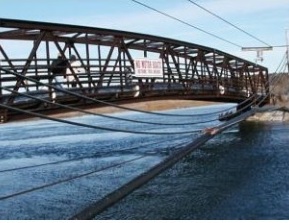Eastern Trail expands into South Portland
By Michael Kelley, Staff Writer. May 30, 2014, The Scarborough Leader.
 Officials from the Eastern Trail Management District have long dreamed of a time when a bicyclist, runner or walker could continuously travel off-road from the Piscataqua River in Kittery to Casco Bay in South Portland. Now, thanks to funding from the Portland Area Comprehensive Transportation System (PACTS), that dream is a little bit closer to happening.
Officials from the Eastern Trail Management District have long dreamed of a time when a bicyclist, runner or walker could continuously travel off-road from the Piscataqua River in Kittery to Casco Bay in South Portland. Now, thanks to funding from the Portland Area Comprehensive Transportation System (PACTS), that dream is a little bit closer to happening.
The communities of Scarborough and South Portland recently received $350,000 from PACTS to extend the Eastern Trail from Pleasant Hill Road in Scarborough to Wainwright Field in South Portland. The .8 mile trail, once completed, will go from Wainwright Field through the woods past Prouts Pond along Central Maine Power property before connecting to Pleasant Hill Road.
“We have advertised this as a trail between Kittery and Casco Bay and with this, now we are getting closer and closer to making that a reality,” said Eastern Trail Management District President Tad Redway.
The Eastern Trail passes through a dozen communities in York and Cumberland counties and is part of the East Coast Greenway, a 2,900-mile corridor that spans Maine to Florida.
Scarborough Town Planner Dan Bacon said the total cost of the project is $531,000. The remainder of the funding comes from money South Portland had already set aside for trail expansion.
“There was already money waiting to be used, but not enough for the entire .8 miles,” Bacon said.
Bacon said the plan is to finalize designs and get permitting approval this summer and fall and start construction in late fall or early winter. The money, Bacon said, was not supposed to be available for another year or two, but given the fact money had already been appropriated and PACTS had some money left over in its fiscal budget, the organization decided to use some of that money to fund the project.
The trail expansion project, Bacon said, coincides with a two-year project by the Maine Department of Transportation and the Scarborough Department of Public Works to reconstruct Pleasant Hill Road and make it more pedestrian friendly.
Read the entire article online here
Share this article:

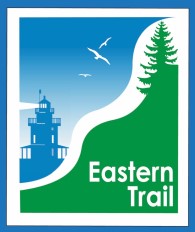
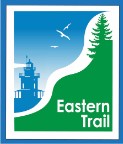








 Nearly 20 years of expansion has proven successful, and more is on the way.
Nearly 20 years of expansion has proven successful, and more is on the way. Not bad for an idea formed less than two decades ago.
Not bad for an idea formed less than two decades ago.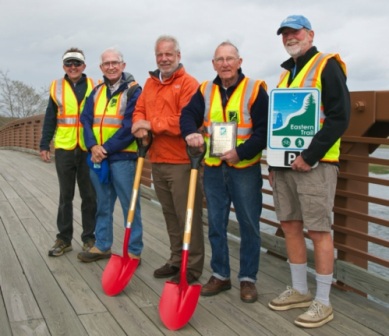
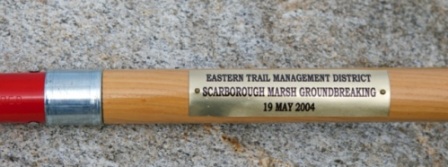
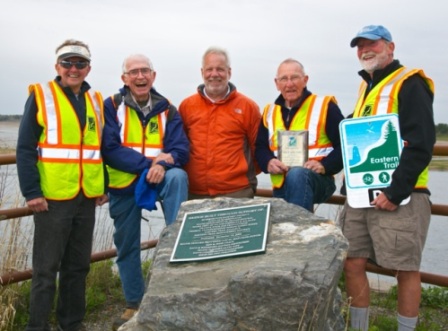
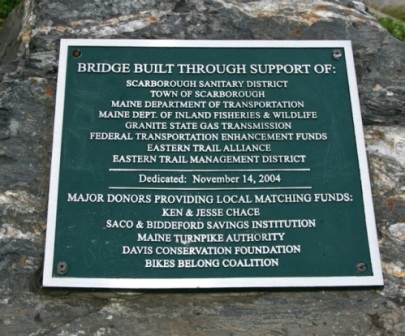
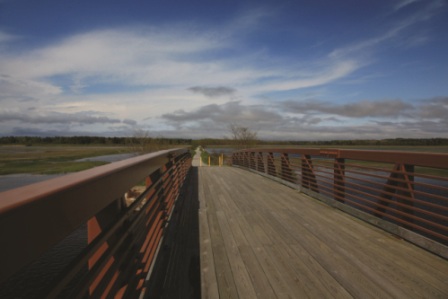
 OLD ORCHARD BEACH – The next phase of developing 72 acres near the intersection of Portland Avenue and Milliken Mills Road in Old Orchard Beach as a multi-use forestry space and public recreational area is under way.
OLD ORCHARD BEACH – The next phase of developing 72 acres near the intersection of Portland Avenue and Milliken Mills Road in Old Orchard Beach as a multi-use forestry space and public recreational area is under way.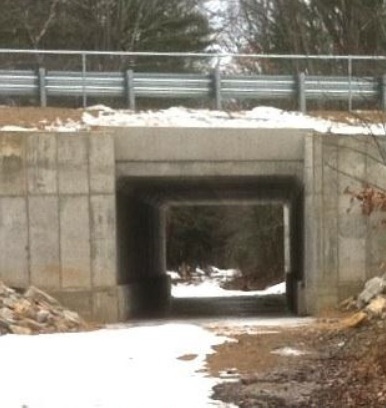


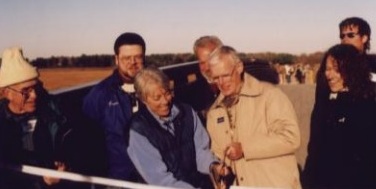
 We’ve made unbelievable progress since 2004, enough to prove the “Lenny Ruthazer Principle,” named after a wise engineering manager from my past life. Lenny asserted that “You will always overestimate what you can accomplish in a year and very much under estimate what you can accomplish in ten.”
We’ve made unbelievable progress since 2004, enough to prove the “Lenny Ruthazer Principle,” named after a wise engineering manager from my past life. Lenny asserted that “You will always overestimate what you can accomplish in a year and very much under estimate what you can accomplish in ten.”